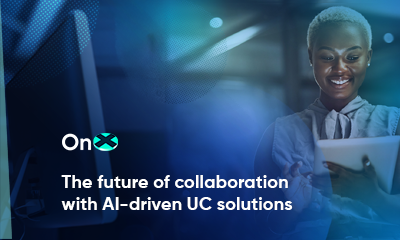
IT Service Management (ITSM) initiatives have great potential to improve IT in the eyes of their business partners and even to allow IT to become a strategic weapon for the business. As further proof, many of the business priorities outlined in Gartner’s “Amplifying the Enterprise: The 2012 CIO Agenda” relate directly to areas that are covered by ITSM. Yet more than half of all such programs fail to meet expectations. Why is there such a large gap between the potential that ITSM has to offer and the outcomes that are often produced?
The issue actually goes much deeper than IT and is in fact part of the “human condition.” The bottom line is that people don’t like change. Most people would rather stick to what they know rather than risk changing, even if the changes offer opportunity for improvement.
So, this is yet another article on driving lasting organizational change. But ask yourself this: If this is such a well-known and understood issue then why do IT initiatives continue to fail at such a high rate? It is often said that technology and even process is the easy part of any transformation effort. IT organizations are usually happy to buy new tools or undertake process improvement efforts but they rarely go the distance to ensure that both their people and their culture change to ensure long term success. As a result, many such initiatives start off well but in the end fail to provide the full benefits possible to the business.
Most ITSM initiatives are doomed to failure before they ever get started. This is because they are launched as a typical IT project with a team of subject matter experts deemed necessary to get the job done. This may be a great approach for a technology project but not the best approach for an ITSM-based transformation effort.
Instead, you will want to assemble a team that crosses all of the necessary functions and political camps in the organization that will be touched by the initiative. This diverse group of people will become the core team.
Any article on driving organizational change will most certainly discuss the importance of good executive sponsorship. But what does that really mean? To be successful, the executive sponsor must be viewed as a change champion. And along with vocal support, he or she must be willing to provide tangible support in the form of funding and political cover for the times when the waters turn rough.
The last leg of the initiative structure stool is a management steering committee. This group must provide the governance for the effort and fill the gap between the executive level and the core team. They must navigate the effort through the tricky functional and operational boundaries that exist in all organizations. This group should be comprised of managers that can understand and then take strategic objectives and make them fit with functional day to day operations.
Once the above initiative organization is in place you are ready to begin. There are many program methodologies available that typically include: planning, development, deployment and finally training. Again, this standard approach seems to fall short in producing lasting change in an organization.
A key area that is often overlooked is project awareness. It is very important to have a communication plan in place that is well thought out and executed to cause excitement and anticipation about the coming change. Equally important to success is involving the people that will be the beneficiaries of the change “early and often” in the process. If the customers are invested in the process then they will be much more apt to buy into the outcomes.
Another reason why many such initiatives fail is poor or incomplete training. Training needs to be more than an afterthought or something that we will do if the funding holds up. People learn in different ways so you need to understand the audience and provide multiple methods for learning.
Finally, the area that is most often over looked is adoption or follow-up. Since IT typically has a project based mentality they view “go-live” as the end of the project instead of the beginning of the adoption cycle.
For change to become a part of an organization it must be reinforced over time. Viewing ITSM change initiatives as a life cycle, which contains feedback, improvement, reinforcement, and when necessary, enforcement will help to remove resistance and increase the probability for lasting success.
By Jeff Swann, CTO Strategist, Office of the CTO, OnX















